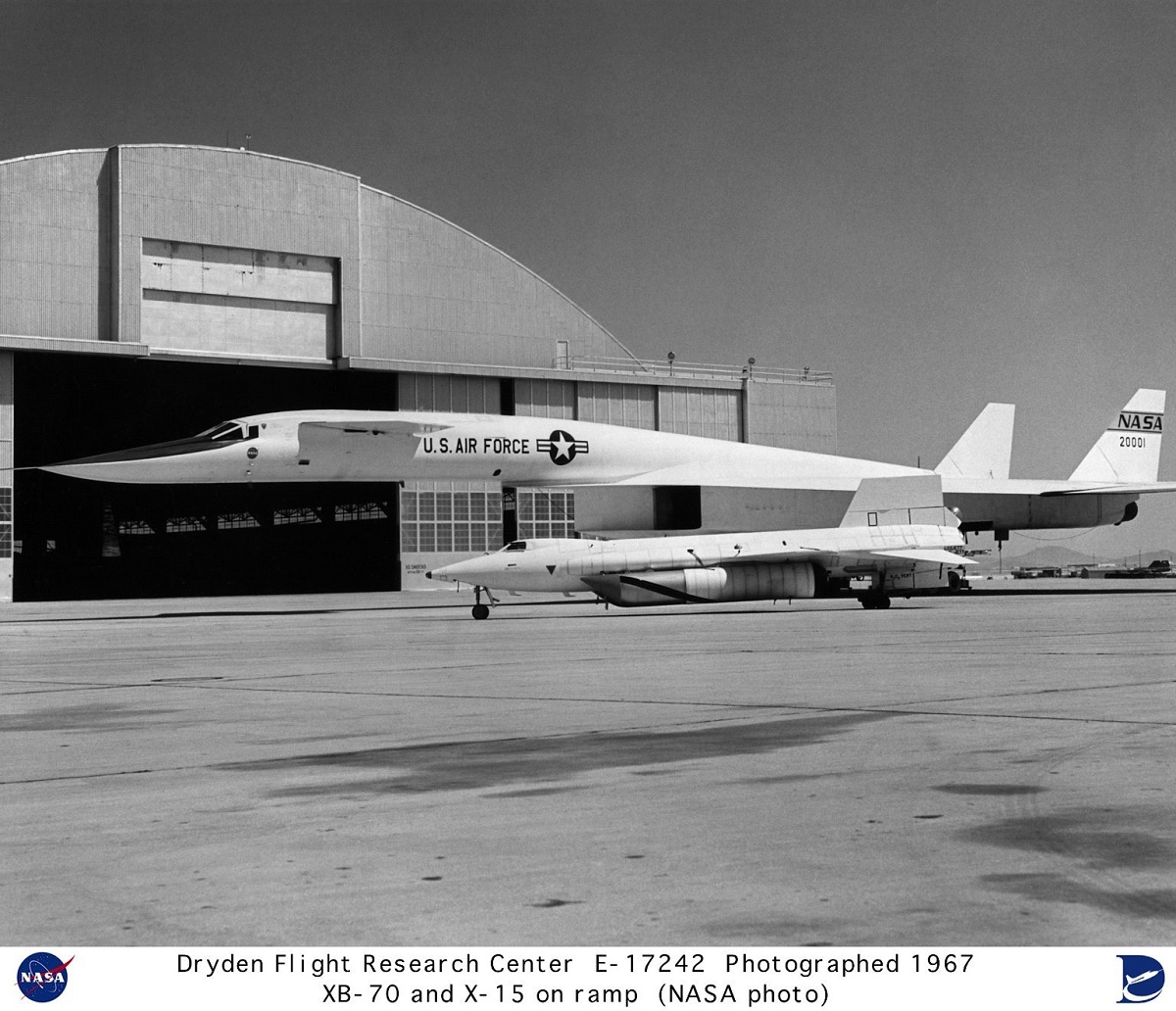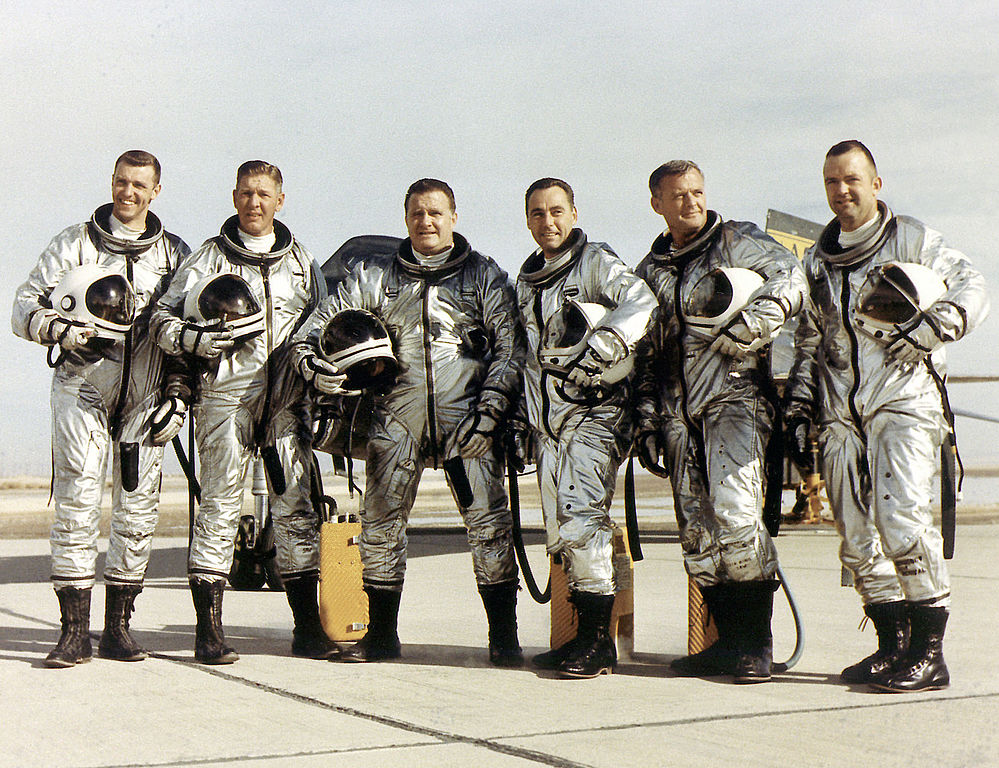The Hot Peroxide warning light on Knight’s X-15 turned on when he was doing some rudder pulses to collect data with the yaw damper off following the burnout at a speed of Mach 5.5.
A well-known and important figure in aviation history is the X-15. Its goal was to fly quickly and high, testing the aircraft and putting the pilots through challenges that might later face astronauts. In addition to being the first piloted aircraft in the world to reach hypersonic speeds, or more than five times the speed of sound, it made the first manned flights to the farthest reaches of space. In the 1960s, the X-15 was a crucial tool in the development of spaceflight, and X-15 pilots who flew at altitudes greater than 50 miles were awarded astronaut wings.
In total, 199 flights were made by the three X-15 aircraft between 1959 and 1968. It was a collaborative project between the US Air Force, US Navy, and US NASA.

The X-15 was launched midair from a B-52 “mothership” at a height of around 45,000 feet, similar to other rocket aircraft. After its potent rocket was detonated, the X-15 soared to the uppermost point of the atmosphere before gliding powerlessly to a dry lake bed.
The average flight time was ten minutes.
William “Pete” Knight, one of the pilots who flew this unique research aircraft, had the most memorable experience of all the X-15 pilots. In fact, he did achieve the maximum Mach number for the X-15 on October 3, 1967, according to John Anderson and Richard Passman in their book X-15 The World’s Fastest Rocket Plane, and the Pilots who Ushered in the Space Age. He accomplished this while flying the X-15A-2, which was covered in a white ablative heat shield and had extended fuel tanks as well as additional external fuel tanks that increased the full thrust time from 90 to 141 seconds.

As part of the research program to create a scramjet (a supersonic combustion ramjet engine), a dummy model of NASA’s high-speed research engine (HRE), was attached underneath the aircraft for the sortie.
Knight finally took off at 1:20 PM, after spending almost an hour under the B-52’s wings, and headed for Mud Lake, where he was dropped after two failed launches. Pete remembers reading about the initial launch attempt in X-15: Extending the Frontiers of Flight by William H. Dana and Dennis R. Jenkins. “Reached up and hit the launch switch and immediately took my hand off to [go] back to the throttle and found that I had not gone anywhere. It did not launch.”
Knight made another effort two minutes later, and this one ended with a good release. He then increased his speed and climbed with a high lift at an angle of attack of 12 degrees (the angle between the wing chord and the direction of the free stream airflow) until he reached a climb angle of 32 degrees (the angle between the horizontal and the flight path). At 102,100 feet, he leveled off and accelerated to 6,600 feet per second (Mach 6.7), which is still the top speed for a manned powered aircraft.
However, at a speed of Mach 5.5, Pete was doing some rudder pulses to collect data with the yaw damper off after the burnout when the Hot Peroxide warning light activated.
The X-15’s bottom surface was struck by a shock wave from the engine cowling, which prompted a warning. However, the attachment pylon was actually burned through by the strong aerodynamic heating in the impingement location, which separated the dummy scramjet from the aircraft. Additionally, the vertical tail was also affected by the shock waves, which resulted in some melting and skin rollover that badly damaged the aircraft and compelled Knight to shoot the remaining peroxide into the air to prevent its explosion.

The X-15 arrived at the so-called “high key” (actually the plan to reach an altitude of about 35,000 feet at a speed of 290 to 350 miles per hour on the highest approach to the runway at Edwards Air Force Base) at supersonic speed rather than the originally intended subsonic speed because Pete was preoccupied with this unpleasant excitement. Knight attempted to jettison the scramjet from its X-15 to lower the kinetic energy of the aircraft, but it didn’t appear to have any effect. As a result, Pete had to dissipate the extra kinetic energy by flying past the landing site, allowing aerodynamic drag to slow the aircraft, and then landing at the proper speed.
This trip was the X-15A-2’s final flight, and the aircraft is now on exhibit at the Wright Patterson Air Force Base in Ohio’s Air Force Museum.

However, what actually transpired with the mock scramjet? Without a doubt, Knight was fortunate to survive its record-breaking trip. If the dummy scramjet had stayed attached to the aircraft any longer, the shock wave would have blasted a hole into the main structure of the fuselage, killing the X-15 in flight. Instead, it was later discovered on the lakebed.
Photo by U.S. Air Force and NASA

